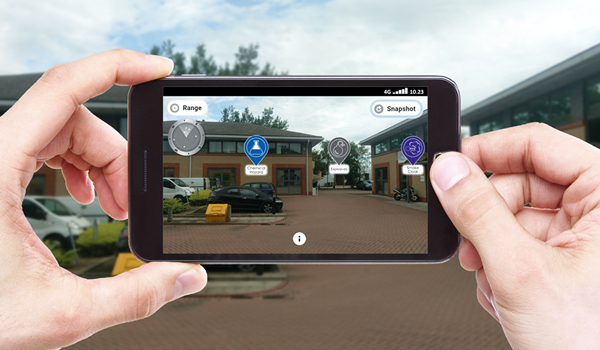How Pokémon Go technology could save lives
Pokémon Go-style augmented reality could allow the emergency services to identify vital risk information at a location, such as the presence of a dangerous animal, hazardous materials or vulnerable residents.
Pokémon Go-style augmented reality could allow the emergency services to identify vital risk information at a location, such as the presence of a dangerous animal, hazardous materials or vulnerable residents.
Until now, the emergency services would need to phone the control room to access such information. With this new technology, first responders can see local information immediately through a smartphone, tablet or smart glasses similar to Pokémon Go that highlights vital data for use in emergencies.
This data is represented as augmented reality images, which are superimposed over the view seen through the camera on the smart device, enabling a user to visualise it against the physical world.
Access to this data creates a range of benefits, from helping protect the public, safeguarding frontline staff, helping to cut down fraud or providing access to any geospatial data.
The technology, Symphony AR, has been developed by Surrey-based company Aligned Assets, which provides address management systems to the emergency services, local authorities and other public sector organisations.
It says whenever staff from the emergency services or social services visit an address, a lack of knowledge of what is at that address could be putting them at risk.
In a company focus for Ambulance Today it said: Perhaps it is occupied by someone who has previously demonstrated aggressive behaviour to someone in uniform. Perhaps there is a dangerous animal such as an aggressive dog, or the building contains hazardous materials. There could be vulnerable people living in or near the property, whose safety needs to be prioritised. Equally relevant would be the presence of potential hazards in neighbouring properties [such as flammable or explosive materials].
Being aware of these factors before entering a property can help reduce such risks. The visitor can approach the visit with extra caution or make necessary adjustments to the way they enter the property.
Aligned Assets says this vital information may already be held within the services IT system, but the first responder will need to be informed, or make a specific request for information from a control room or system administrator. If they fail to make that request or someone fails to inform them of a particular risk, that information will be wasted. By having this information directly to hand, it will help them to make informed decisions when the situation requires a judgment to be made there and then.
The visitor can see all the information recorded about the property and any other property within a range that they choose, says Aligned Assets. The image and related hazard or risk is pinned to the relevant property. If a property contains explosive material, this is instantly visible. This real-time visual information gives a person a more immediate sense of any potential hazards than would be provided by a conventional data system or a paper map.




